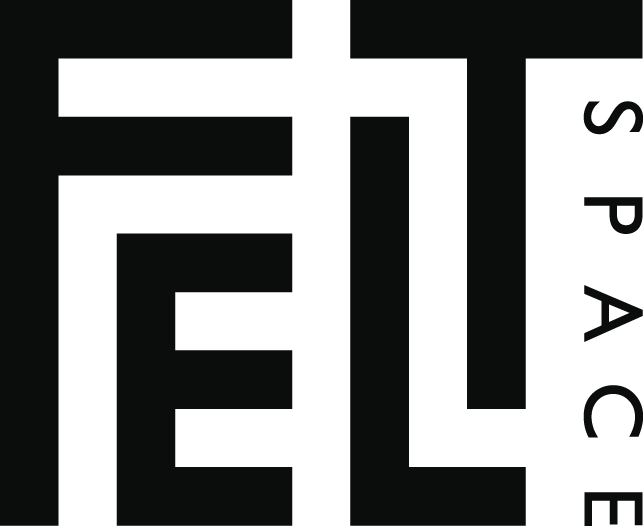Every day: dusk-midnight
IAN GIBBINS
CRITICAL POINT
12 OCTOBER - 4 NOVEMBER
Artist Bio
Ian Gibbins is a video artist, poet, and electronic musician working across diverse styles and media. His videos have been shown to acclaim at festivals, exhibitions and installations around the world. Ian’s poetry has been widely published, and includes four books of poetry, all of which deal with various aspects of science. Ian has collaborated widely with artists on projects bridging art and science, culminating in several major exhibitions and two projects with Australian Dance Theatre. He has also worked with performers on events integrating video and live action.
Until his retirement in 2014, Ian was an internationally recognised neuroscientist and Professor of Anatomy at Flinders University, South Australia, having originally trained as a zoologist. He had a major role in designing, implementing and teaching the innovative Flinders Medical Program. He won awards for his research, teaching and curriculum development, and communicating science to the public. He was awarded Emeritus Professor from Flinders University and an Honorary Doctorate from the University of Göteborg.
For details of Ian’s creative work, visit www.iangibbins.com.au.
Video art: https://www.iangibbins.com.au/bio/video-works-published-performed-or-exhibited/
Poetry: https://www.iangibbins.com.au/bio/published-poetry/
Sound art: https://www.iangibbins.com.au/bio/sound-art/
Facebook: https://www.facebook.com/ian.gibbins.adelaide/
Instagram: https://www.instagram.com/iangibbins52/
Artist Statement
In physical chemistry, the critical point is where the temperature and pressure of a substance are both sufficiently high that there is no longer any difference between its liquid and gas states. In mathematics, the critical point is where the rate of change of a variable of interest is undefined or zero. In the rest of the world, anthropogenic climate change is advancing at an ever-increasing rate. Climate scientists warn us that once we cross some critical climate tipping points, there can be no turning back: things will only get worse and the “new normal” will be largely undefined.
Nevertheless, we can guess how things might look. When language fails to describe how we feel about the disasters occurring around us now, we must invent new forms of expression. As the world contorts and reshapes to the stresses we place upon it, we should bear witness and record what is passing, what is coming to be.
This sequence of videos re-imagines how we came to be where we are now, and speculates on the future that awaits us and our fellow inhabitants of the earth. Much of the scenery looks both familiar and strangely alien. Indeed, most of the raw footage was recorded locally: my garden, nearby native bushland, the Adelaide CBD and its surrounding parklands, various locations along the South Australian coast. Yet we find unexpected types of rain, microrefuges from human detritus and decay that provide homes for flowering biomorphs, built environments that shimmer beside calm waterways that threaten to overwhelm them… This is a world in which living humans seem to be absent: all we see is the pervading impact of their presence. And if we were to retreat, how would any remaining life respond?
